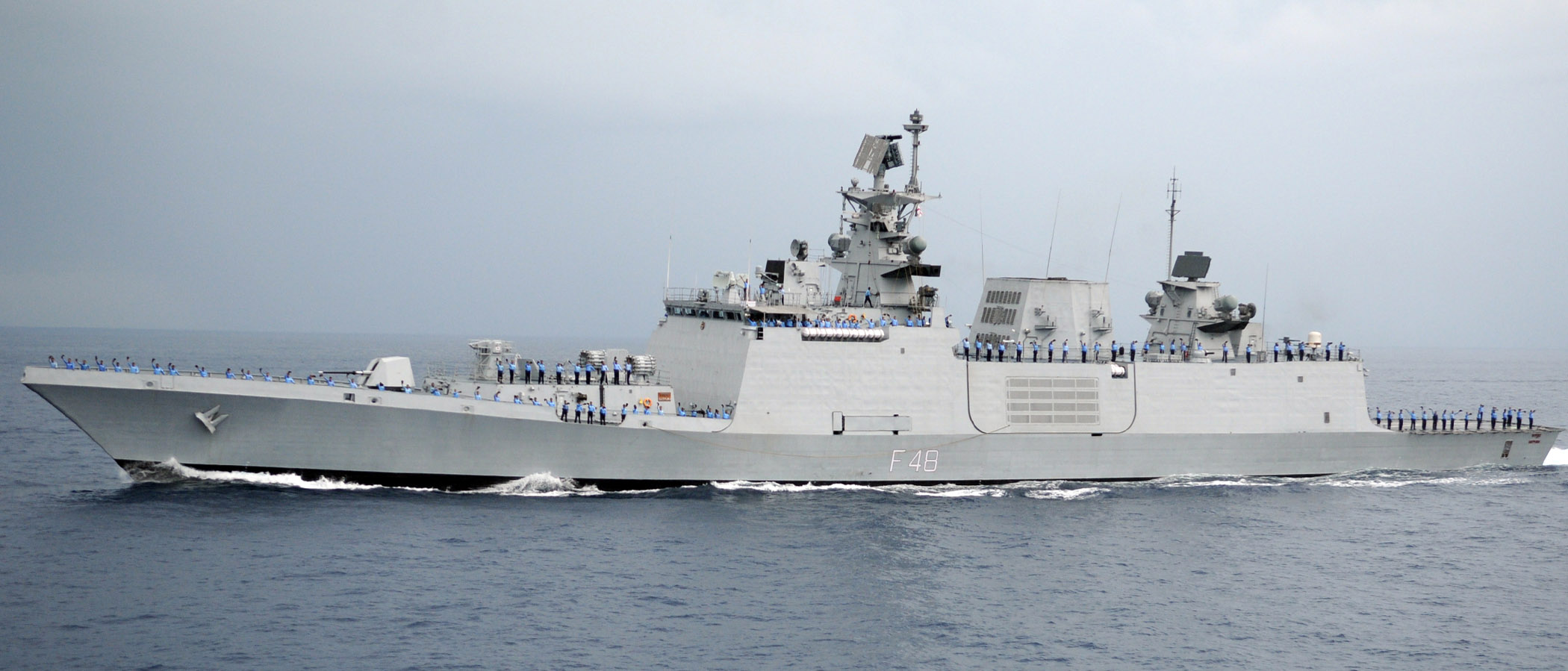The high-voltage Malabar exercise featuring the navies of India, US, Japan and Australia began off the Guam coast yesterday amid concerns about China's growing military muscle-flexing in the Indo-Pacific region.
The four-day exercise will witness a series of complex drills involving warships, aircraft and helicopters being hosted by the US Navy in the Western Pacific, officials said.
The Indian Navy had sent its stealth frigate INS Shivalik, anti-submarine warfare corvette INS Kadmatt and a fleet of P8I maritime surveillance aircraft.
“Malabar-21 would witness complex exercises including anti-surface, anti-air and anti-submarine warfare drill, and other manoeuvres and tactical exercises. The exercise will provide an opportunity for participating navies to derive benefit from each other’s expertise and experiences,” Indian Navy Spokesperson Commander Vivek Madhwal said.
In an interactive session at the Observer Research Foundation (ORF), Commander of the US Indo-Pacific Command Admiral John Aquilino on Wednesday spoke about key challenges facing the Indo-Pacific and delved into China’s rapid military build-up including in the maritime domain.
Admiral Aquilino also hinted at the possibility of increasing the number of participants at the Malabar naval exercise if leaders of the four participating countries concur with it.
Following India’s invitation, Australia participated in the Malabar exercise last year that effectively made it a drill by all four member nations of the Quad.
China has been suspicious about the purpose of the Malabar exercise as it feels that the annual wargame is an effort to contain its influence in the Indo-Pacific region.
The Malabar exercise started in 1992 as a bilateral drill between the Indian Navy and the US Navy in the Indian Ocean.
Last year, the exercise was hosted in two phases in the Bay of Bengal and the Arabian Sea.



